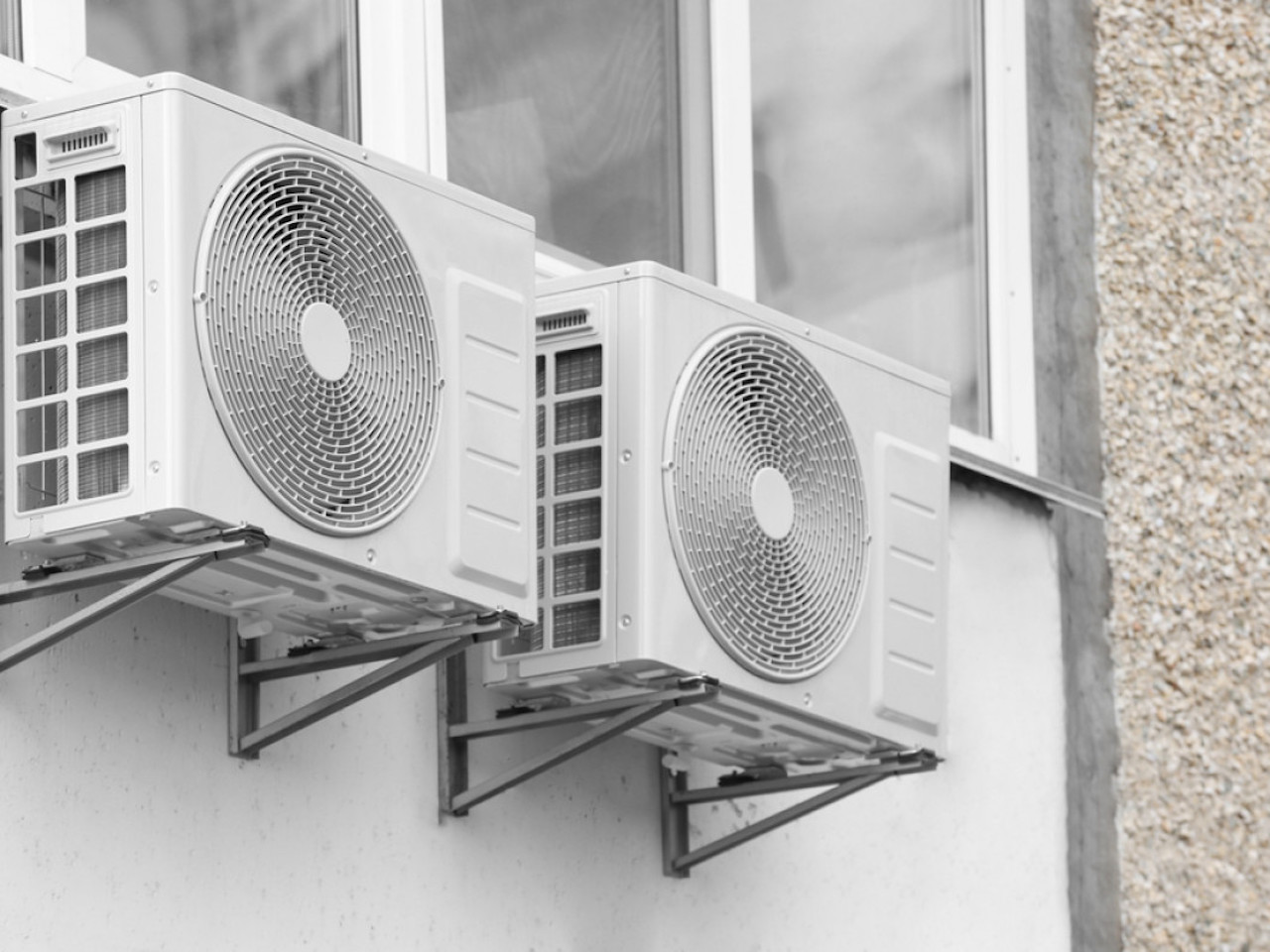

Articles
What Is Ductless HVAC
Modified: October 20, 2024
Discover the benefits of ductless HVAC systems with our informative articles. Learn how these innovative systems can provide energy efficiency and enhanced comfort for your home or business.
(Many of the links in this article redirect to a specific reviewed product. Your purchase of these products through affiliate links helps to generate commission for Storables.com, at no extra cost. Learn more)
Introduction
When it comes to heating and cooling systems, traditional setups that rely on ductwork have been the norm for many years. However, there is a growing trend towards innovative and efficient alternatives, such as ductless HVAC systems. These systems offer a range of benefits, from improved energy efficiency to versatile installation options.
In this article, we will delve into the world of ductless HVAC systems, exploring their definition, functionality, advantages, disadvantages, applications, and cost considerations. Whether you are a homeowner looking for a new heating and cooling solution or a professional in the HVAC industry, this article will provide you with valuable insights into the world of ductless HVAC.
Key Takeaways:
- Ductless HVAC systems offer energy-efficient, customizable temperature control, and improved indoor air quality, making them a modern and versatile choice for residential and commercial spaces.
- Regular maintenance and cleaning are crucial for ensuring optimal performance and longevity of ductless HVAC systems, helping to prevent issues and preserve indoor air quality.
Read more: What Is Split Ductless Air Conditioning
Definition of Ductless HVAC
Ductless HVAC, also known as a ductless mini-split system, is a type of heating, ventilation, and air conditioning (HVAC) system that does not require ductwork to distribute conditioned air. Unlike traditional HVAC systems that utilize ducts to transport air throughout a building, ductless HVAC systems consist of an outdoor unit and one or more indoor units, referred to as air handlers or evaporators.
The outdoor unit contains the compressor and condenser, which are responsible for cooling or heating the refrigerant. The indoor units are mounted on walls or ceilings in different rooms or zones, allowing you to control temperature independently in each area. These units are connected to the outdoor unit through refrigerant lines and electrical wiring.
Each indoor unit in a ductless HVAC system has its own thermostat, allowing occupants to set individual temperature preferences. This zoning capability offers significant energy savings, as it enables precise temperature control in occupied areas while reducing energy consumption in unoccupied spaces.
Furthermore, ductless HVAC systems can provide both heating and cooling capabilities, offering year-round comfort. They can efficiently cool down your home during hot summer months and provide efficient heating during colder seasons. This versatility makes ductless HVAC systems a popular choice for homeowners seeking a comprehensive and flexible HVAC solution.
How Ductless HVAC Works
Ductless HVAC systems operate on a similar principle as traditional HVAC systems, but with a few key differences. Let’s take a closer look at how ductless HVAC works:
- Cooling Mode: When cooling is required, the outdoor unit of the ductless HVAC system uses a refrigerant, typically R410A, to extract heat from the indoor air. The compressor pressurizes the refrigerant, causing it to become hot. The hot refrigerant then flows through the condenser, where it releases heat to the outdoor environment, cooling down in the process. The cooled refrigerant then travels to the indoor unit through the refrigerant lines.
- Indoor Unit Operation: Once the cooled refrigerant reaches the indoor unit, it moves through a coil within the unit. As warm air from the room passes over the coil, the refrigerant absorbs the heat, cooling down the air. The now-cooled air is then circulated back into the room, providing a comfortable indoor environment. The warm refrigerant travels back to the outdoor unit to complete the cycle.
- Heating Mode: To provide heating, the ductless HVAC system operates in reverse. The outdoor unit absorbs heat from the outside air, even in cold temperatures, through the same refrigerant cycle. The heated refrigerant is then transported to the indoor unit, where the warm air from the room is warmed further as it passes over the coil. The heated air is then distributed back into the room, creating a cozy and warm environment.
It is important to note that ductless HVAC systems are designed to operate efficiently in smaller zones or rooms. By eliminating the need for ductwork, ductless systems minimize energy losses associated with duct leaks, improper insulation, and air leakage. The absence of ductwork also allows for greater flexibility in system design and installation.
Ductless HVAC systems utilize inverter technology, which adjusts the compressor’s speed to match the cooling or heating demand accurately. This technology ensures precise temperature control and minimizes energy consumption by avoiding frequent starting and stopping of the compressor.
Overall, the operation of ductless HVAC systems is efficient, effective, and adaptable, making them an attractive option for temperature control in various settings, including residential homes, commercial spaces, and even historical buildings where traditional ductwork is impractical or aesthetically undesirable.
Advantages of Ductless HVAC
Ductless HVAC systems offer numerous advantages over traditional ducted systems. Let’s explore some of the key benefits:
- Energy Efficiency: Ductless systems enable precise temperature control in individual zones or rooms, reducing energy wastage in unoccupied areas. By eliminating ductwork, which can account for significant energy losses, ductless HVAC systems can operate with higher efficiency. Additionally, the use of inverter technology allows these systems to adjust power consumption based on demand, further enhancing energy efficiency.
- Improved Indoor Air Quality: Traditional ductwork can accumulate dust, allergens, and other contaminants, which are then circulated throughout the building. Ductless HVAC systems eliminate this issue by avoiding the use of ductwork. The advanced filtration provided by ductless units helps to maintain cleaner air quality, reducing the risk of allergies and respiratory problems.
- Flexible Installation: Ductless HVAC systems offer flexible installation options, as they do not require ductwork. The compact indoor units can be mounted on walls or ceilings, allowing for easy integration into various spaces. This flexibility also makes ductless systems ideal for retrofitting older buildings without existing ductwork.
- Zoning Capability: One of the major advantages of ductless systems is their zoning capability. Each indoor unit can be independently controlled, allowing occupants to customize temperature settings based on their preferences. This not only ensures individual comfort but also saves energy by avoiding the need to heat or cool unused areas of the building.
- Quieter Operation: Ductless HVAC systems tend to operate more quietly compared to traditional forced-air systems. The absence of bulky ductwork and the use of advanced fan and compressor technologies contribute to reduced noise levels, providing a more peaceful and comfortable indoor environment.
- Improved Aesthetics: The indoor units of ductless systems are sleek and unobtrusive, usually mounted high on walls or ceilings. This discreet design helps to maintain the aesthetics of the room without the need for bulky ductwork and vents. Additionally, indoor units often come with a variety of styles and finishes to match different interior decor preferences.
These advantages make ductless HVAC systems an excellent choice for residential homes, commercial spaces, and other environments where energy efficiency, comfort, and flexibility are paramount considerations.
Disadvantages of Ductless HVAC
While ductless HVAC systems offer numerous benefits, there are also some limitations and disadvantages to consider. Here are a few potential drawbacks:
- Upfront Cost: Ductless HVAC systems can have higher upfront costs compared to traditional ducted systems. The cost of the outdoor unit, indoor units, refrigerant lines, and installation can add up. However, it’s important to consider the long-term energy savings and other advantages when evaluating the overall cost-effectiveness of a ductless system.
- Complex Installation: While the flexibility of installation is an advantage, it can also present challenges. Installing ductless HVAC systems requires expertise and precision to ensure optimal performance. Refrigerant lines need to be properly sized and insulated, and indoor units must be strategically placed for efficient airflow and temperature distribution.
- Limited Capacity per Indoor Unit: Each indoor unit of a ductless HVAC system has a specified cooling and heating capacity. Depending on the size of the room or area, multiple units may be required to adequately heat or cool the space. This might lead to an increase in the number of units and overall installation costs.
- Visual Impact: While the indoor units of ductless systems are designed to be sleek and inconspicuous, they are still visible in the room. For individuals who prioritize a minimalist or seamless interior design, the presence of indoor units may be a consideration to bear in mind.
- Maintenance: Ductless HVAC systems require regular maintenance to ensure optimal performance. Filters need to be cleaned or replaced regularly, and the outdoor unit may need to be serviced. However, the maintenance requirements are similar to those of traditional HVAC systems and can be managed with routine care.
- Single-Zone Limitations: While ductless systems offer zoning capabilities, the number of indoor units typically corresponds to the number of zones. This means that if you plan to have multiple zones, each with individual temperature control, it may require more installation work and may not be as cost-effective as a multi-zoned ducted system.
Considering these disadvantages alongside the numerous advantages is essential when evaluating whether a ductless HVAC system is the right choice for your specific needs and circumstances.
Ductless HVAC systems are a great option for homes without existing ductwork. They are energy efficient, provide zone control, and are easy to install.
Read more: What Is A HVAC Sequencer
Applications of Ductless HVAC
Ductless HVAC systems offer great versatility and can be used in various applications. Let’s explore some of the common applications where ductless systems excel:
- Residential Homes: Ductless HVAC systems are particularly well-suited for residential homes, especially those without existing ductwork. They can be used to provide whole-house comfort or to supplement existing HVAC systems in specific areas, such as additions, basements, or converted attics. Ductless systems allow homeowners to personalize temperature control and achieve energy efficiency throughout their living spaces.
- Multi-Family Buildings: Ductless HVAC systems are an excellent choice for apartment complexes, condominiums, and other multi-family buildings. Each unit can have its own independent temperature control, providing personalized comfort for each resident. Additionally, the absence of ductwork eliminates the need for complex duct designs and maintenance in multi-unit buildings.
- Commercial Spaces: From small retail shops to offices and restaurants, ductless HVAC systems offer great flexibility for commercial applications. They can efficiently cool or heat specific areas of the building, allowing for customized comfort based on occupancy and usage patterns. Ductless systems are also ideal for commercial buildings where retrofitting ductwork would be challenging or disruptive.
- Historical Buildings: Preserving the architectural integrity of historical buildings while providing modern comfort can be a challenge. Ductless HVAC systems offer a solution without compromising the aesthetics of the space. The discreet indoor units can be strategically placed to maintain the historical charm, while still delivering efficient heating and cooling.
- Server Rooms and Data Centers: Precise temperature control is crucial for server rooms and data centers to prevent equipment overheating and maintain optimal performance. Ductless systems allow for zone-specific cooling, ensuring that critical areas remain at the desired temperature while minimizing energy consumption in less sensitive areas.
- Hotels and Hospitality: Ductless HVAC systems are widely used in hotels and hospitality establishments. They provide each guest room with individual control over temperature and comfort, enhancing the overall guest experience. Ductless systems also allow for targeted heating and cooling in common areas, such as lobbies, meeting rooms, and restaurants.
These are just a few examples of the various applications where ductless HVAC systems can excel. The flexibility, energy efficiency, and personalized comfort they offer make them a popular choice in a wide range of residential, commercial, and specialized settings.
Cost of Ductless HVAC Systems
The cost of ductless HVAC systems can vary depending on factors such as the size of the space, the number of indoor units needed, the brand and model chosen, local labor rates, and any additional installation requirements. Here are some cost considerations when it comes to ductless HVAC systems:
- Equipment Cost: The cost of the outdoor unit, indoor units, refrigerant lines, and other components make up the equipment cost of a ductless system. The price can range from a few thousand dollars for a single-zone system to several thousand dollars for a multi-zone system. Upscale models or advanced features may also add to the cost.
- Installation Cost: The installation cost of a ductless HVAC system includes the labor charges for the installation process, which typically involves mounting the indoor units, running refrigerant lines, setting up the outdoor unit, and connecting the electrical wiring. The complexity of the installation and the number of units required will affect the overall installation cost.
- Additional Costs: In some cases, there may be additional costs associated with the installation of a ductless HVAC system. This could include the need for electrical work, additional insulation, or any modifications required to accommodate the system in unique situations. It’s essential to get a comprehensive quote that includes all necessary components and labor to have a clear understanding of the total costs.
- Operating Cost: While not directly related to the initial cost, it’s essential to consider the long-term operating cost of a ductless HVAC system. These systems are known for their energy efficiency, which can result in lower utility bills over time. By efficiently cooling or heating specific zones, ductless systems help reduce energy waste and optimize comfort.
- Financing Options and Incentives: Various financing options may be available to help offset the upfront costs of installing a ductless HVAC system. Some manufacturers or utility companies offer incentives, rebates, or tax credits for energy-efficient HVAC installations. Exploring these options can help make the investment in a ductless system more financially accessible.
It is recommended to consult with HVAC professionals to obtain accurate estimates for the total cost of a ductless HVAC system tailored to your specific requirements. They can assess your space, discuss your needs, and provide you with an itemized breakdown of the costs involved.
Maintenance and Cleaning of Ductless HVAC
Maintaining and cleaning your ductless HVAC system is important to ensure optimal performance, energy efficiency, and longevity. Regular maintenance can also help prevent issues and preserve indoor air quality. Here are some key maintenance steps to keep in mind:
- Regular Filter Cleaning or Replacement: The filters in your ductless HVAC system collect dust, debris, and other particles over time. It is recommended to clean or replace these filters every one to three months, depending on usage and environmental factors. Clean filters improve indoor air quality and help the system operate efficiently.
- Cleaning the Indoor Units: The indoor units of your ductless system can accumulate dust and dirt, affecting their performance. Use a soft cloth to wipe the surfaces of the indoor units regularly. Avoid using harsh chemicals or abrasive materials that could damage the units. Clean the units gently to ensure efficient airflow and prevent the buildup of dust and allergens.
- Cleaning the Outdoor Unit: The outdoor unit of your ductless system may also collect dirt, leaves, and debris, particularly if it is installed in an exposed location. Periodically inspect and clean the outdoor unit to remove any obstructions that could impair its efficiency. Use a garden hose or a soft brush to gently clean the unit, making sure not to damage any components.
- Inspecting the Refrigerant Lines: Regularly inspect the refrigerant lines that connect the indoor and outdoor units. Look for any signs of leaks, damage, or insulation deterioration. If you notice any issues, contact an HVAC professional to assess and repair the problem as soon as possible. Properly sealed and insulated refrigerant lines help prevent energy wastage and maintain system performance.
- Scheduling Professional Maintenance: While regular cleaning and maintenance tasks can be performed by homeowners, it is advisable to schedule professional maintenance at least once a year. HVAC professionals can perform a comprehensive inspection of your ductless system, ensuring that all components are in good condition, refrigerant levels are sufficient, and that the system is running efficiently.
By following these maintenance practices, you can keep your ductless HVAC system running smoothly and extend its lifespan. Regular maintenance not only ensures optimal performance but can also help identify potential issues before they escalate into major problems, saving you from costly repairs down the line.
It’s important to refer to the manufacturer’s maintenance guidelines and consult with an HVAC professional for specific maintenance recommendations tailored to your particular ductless HVAC system model.
Conclusion
Ductless HVAC systems offer a modern and efficient alternative to traditional ducted systems. The flexibility, energy efficiency, and individual temperature control they provide make them a popular choice for various applications, including residential homes, commercial spaces, and specialty settings. While ductless systems have advantages such as energy efficiency, improved indoor air quality, and easy installation, there are also some drawbacks to consider, such as higher upfront costs and potential limitations with single-zone setups.
Maintaining and cleaning your ductless HVAC system is essential for optimal performance and longevity. Regular filter cleaning or replacement, as well as routine cleaning of indoor and outdoor units, helps ensure efficient airflow and improve indoor air quality. Additionally, scheduling professional maintenance at least once a year allows for a comprehensive inspection of the system and addresses any potential issues before they become major problems.
When considering a ductless HVAC system, it is important to consult with HVAC professionals to assess your specific needs and provide accurate cost estimates. They can guide you through the selection process, ensuring you choose the right system size and configuration for your space. Furthermore, exploring financing options and incentives may help make the investment more affordable.
In conclusion, ductless HVAC systems offer a viable and efficient solution for heating and cooling needs in various settings. Their energy efficiency, zoning capabilities, ease of installation, and improved comfort make them an attractive choice for those looking to upgrade their HVAC systems. With proper maintenance and regular cleaning, ductless systems can provide reliable and optimized performance for years to come.
Frequently Asked Questions about What Is Ductless HVAC
Was this page helpful?
At Storables.com, we guarantee accurate and reliable information. Our content, validated by Expert Board Contributors, is crafted following stringent Editorial Policies. We're committed to providing you with well-researched, expert-backed insights for all your informational needs.
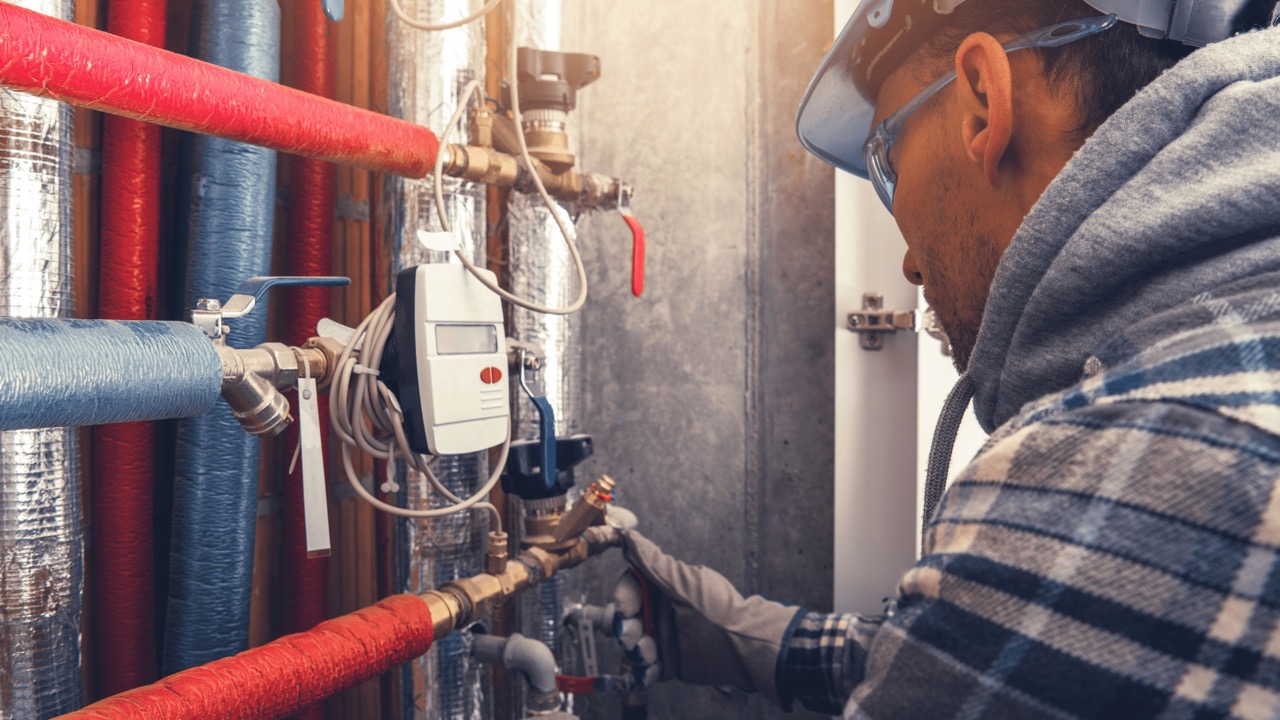
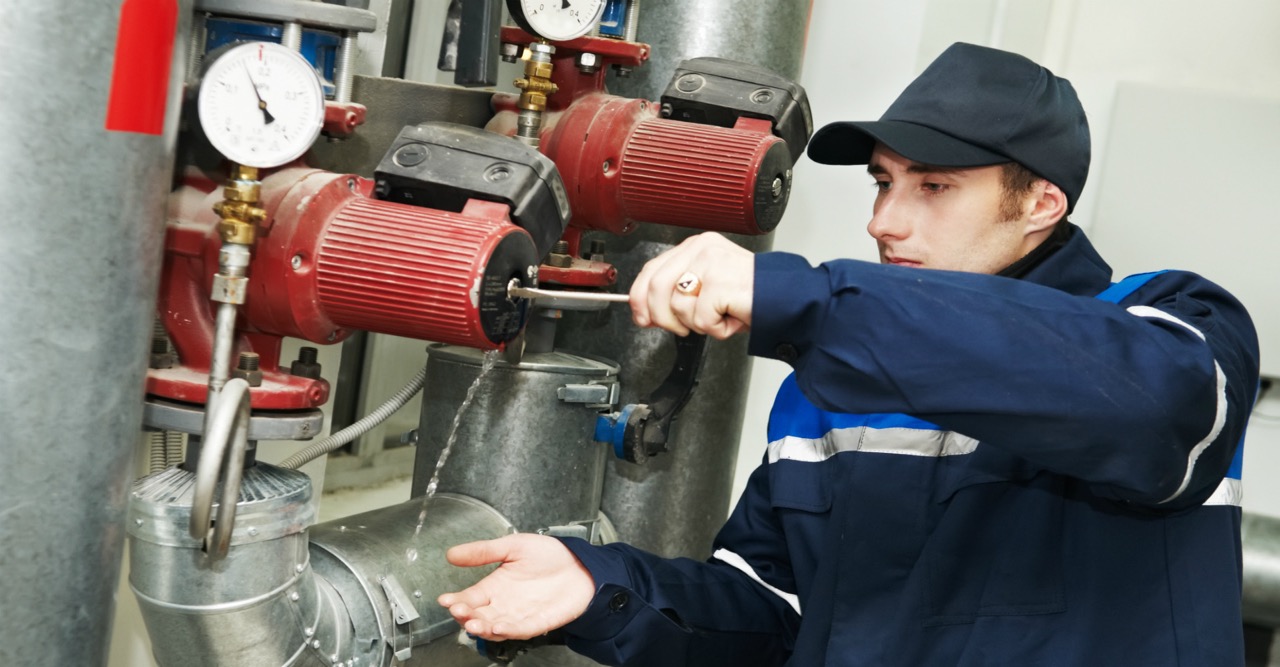
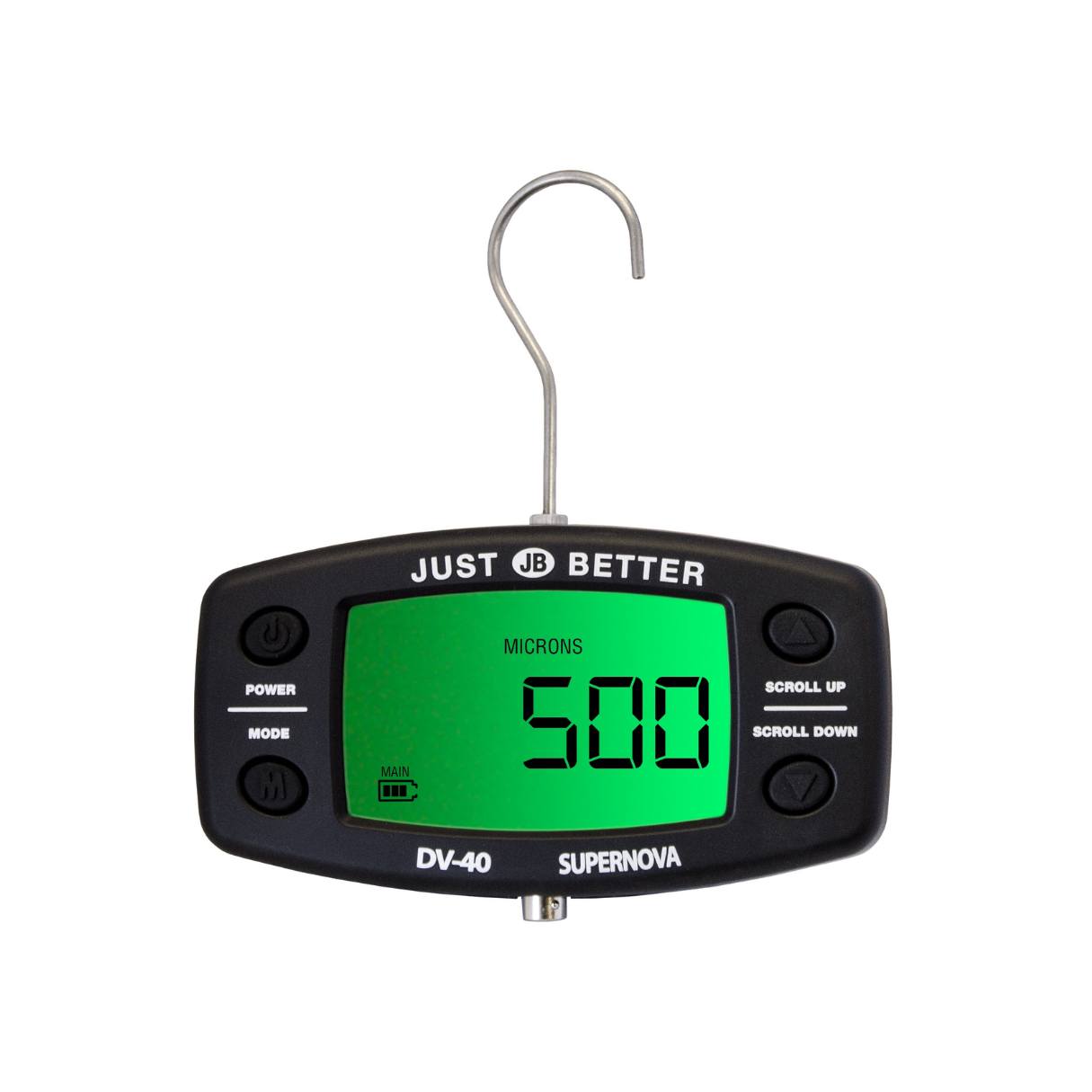
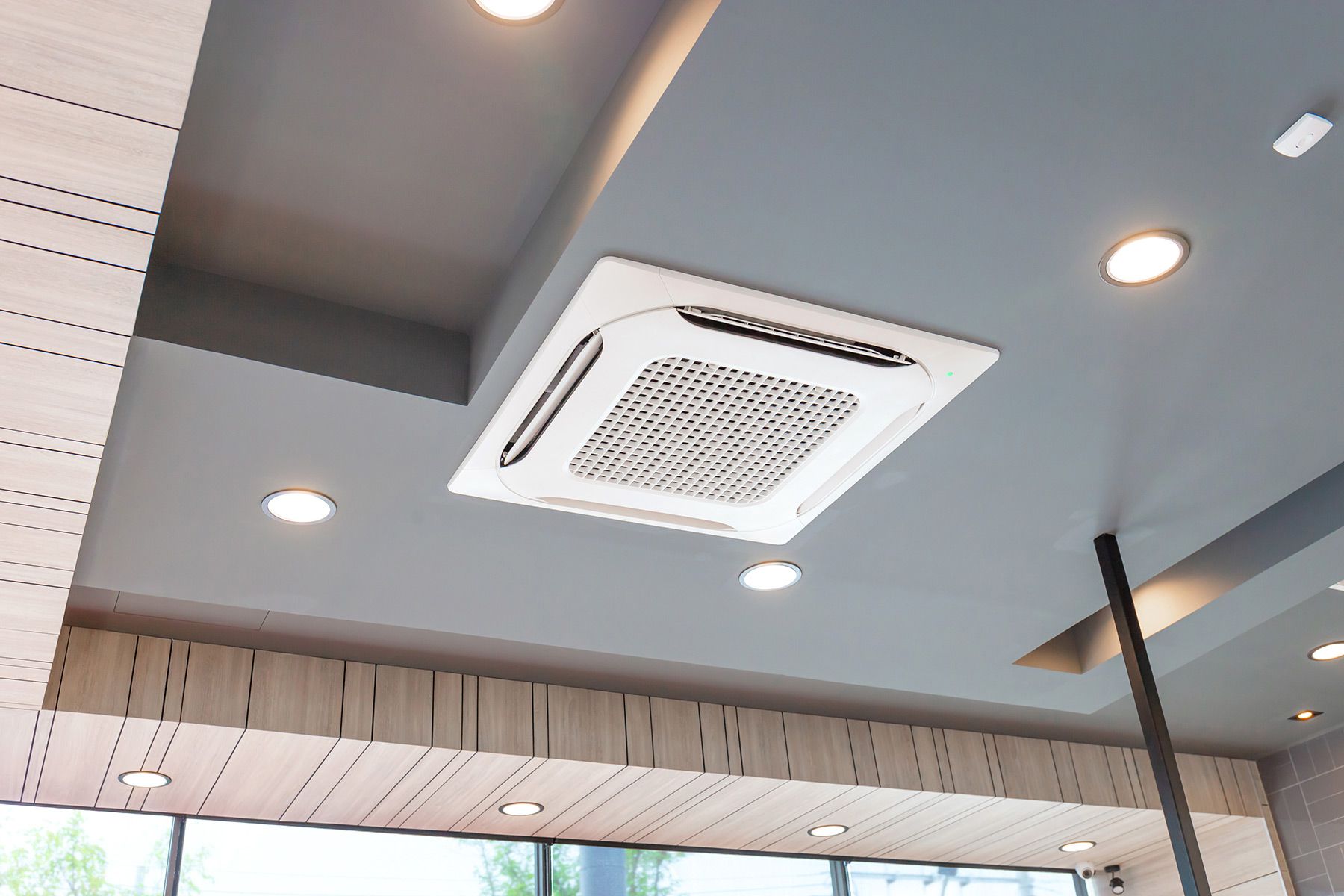
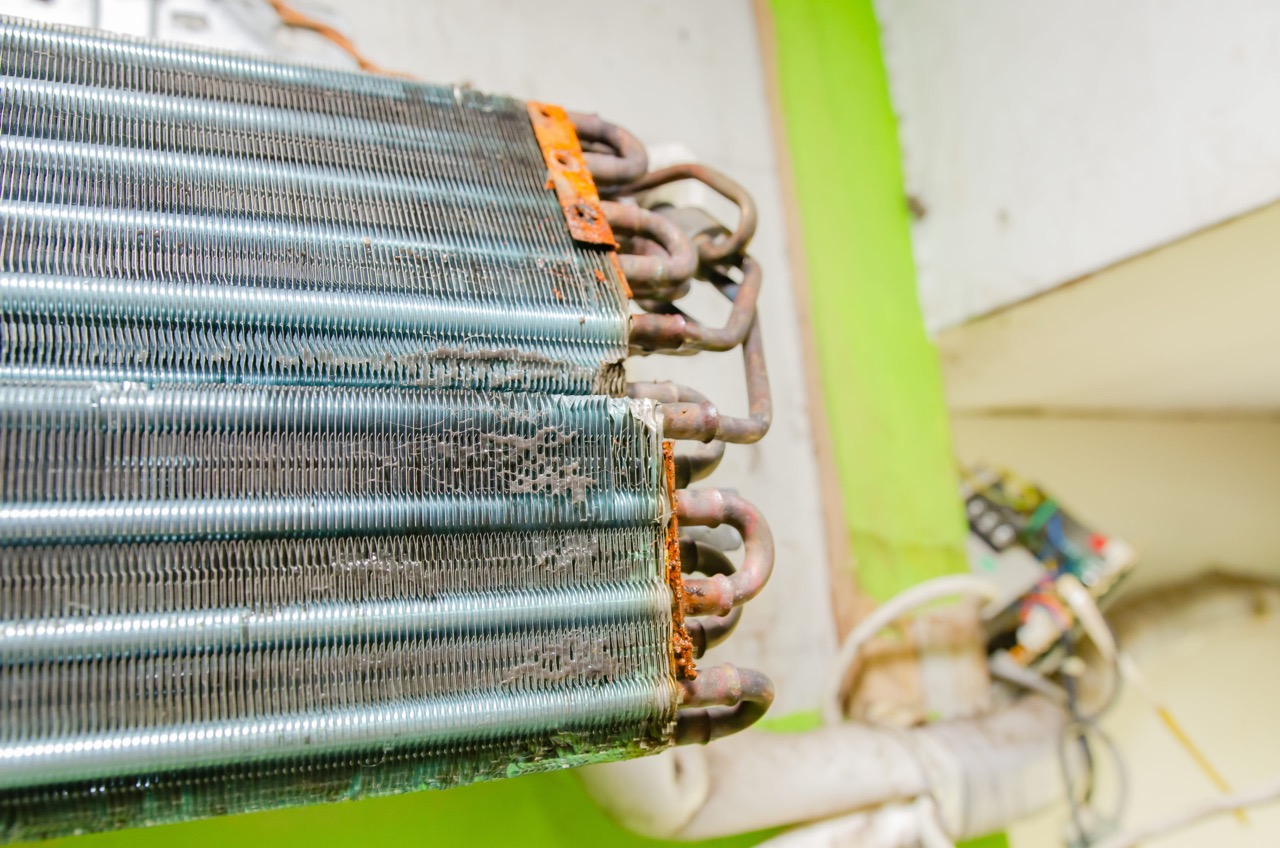
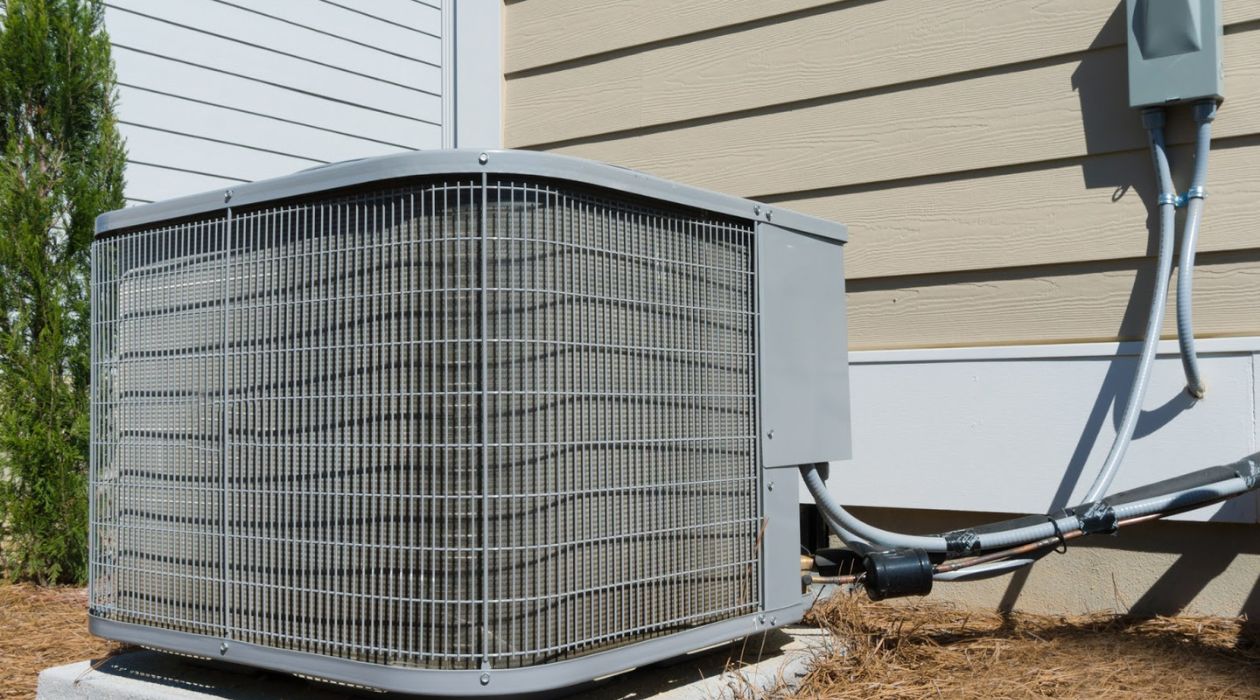
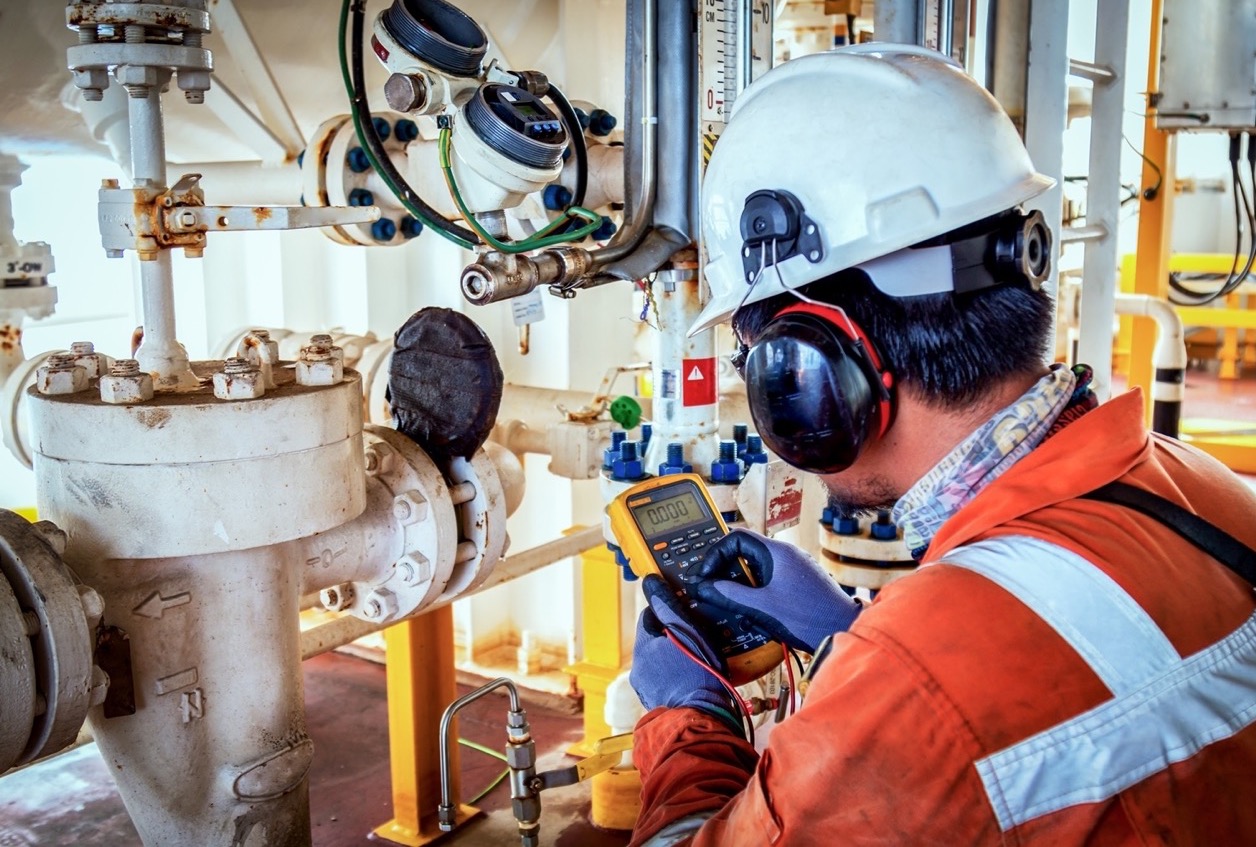
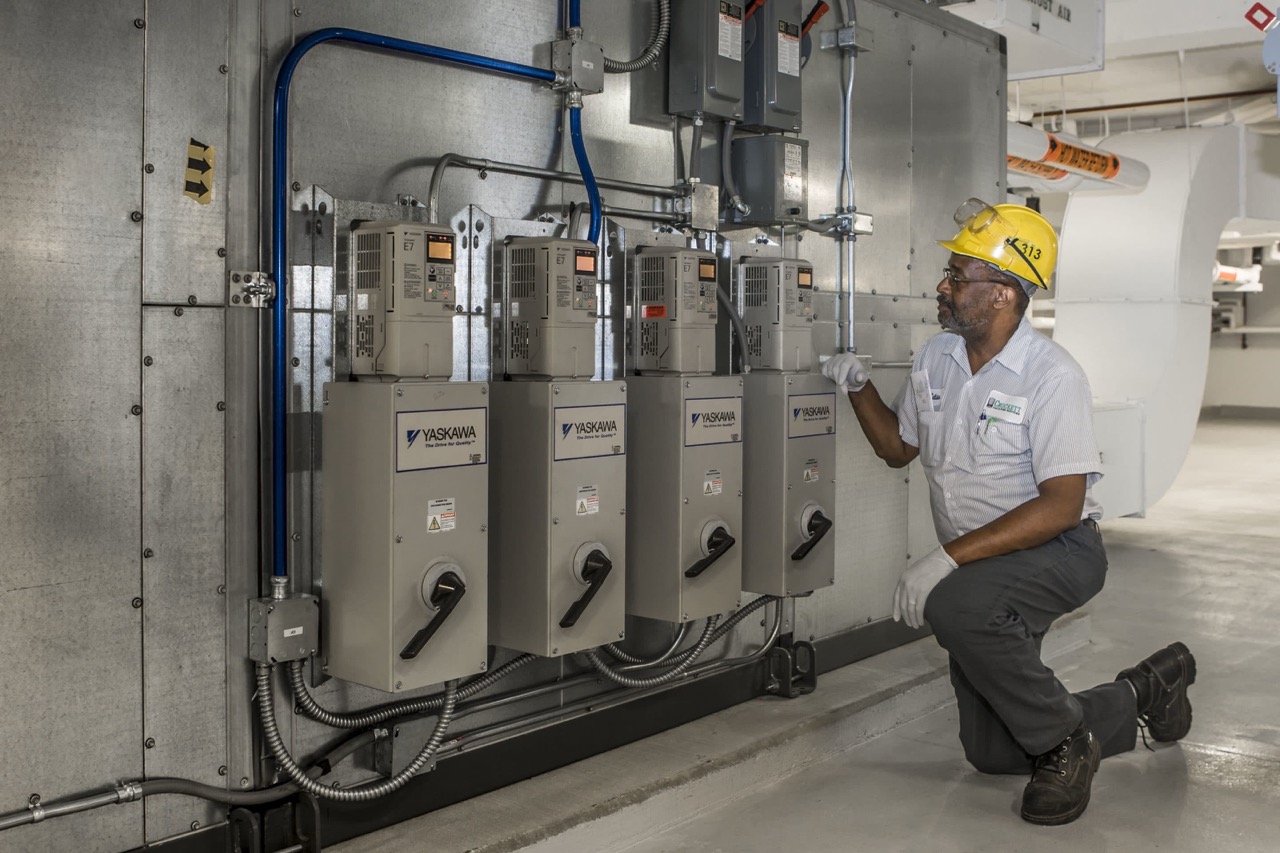
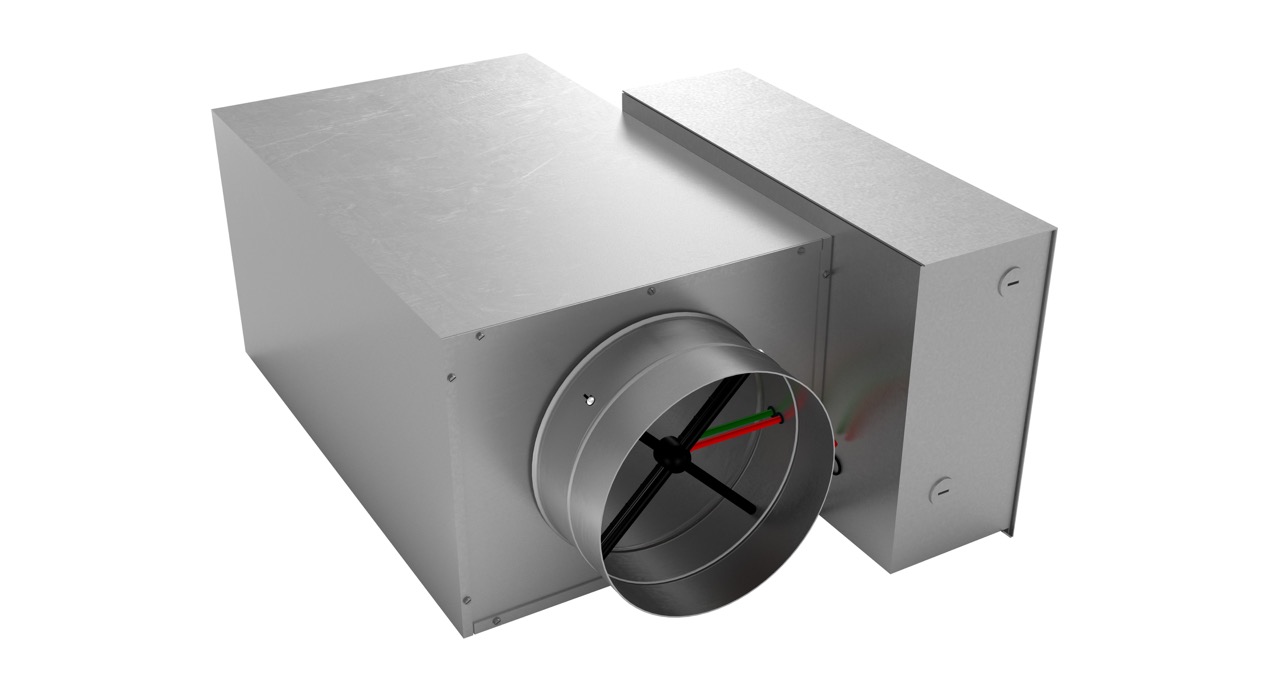
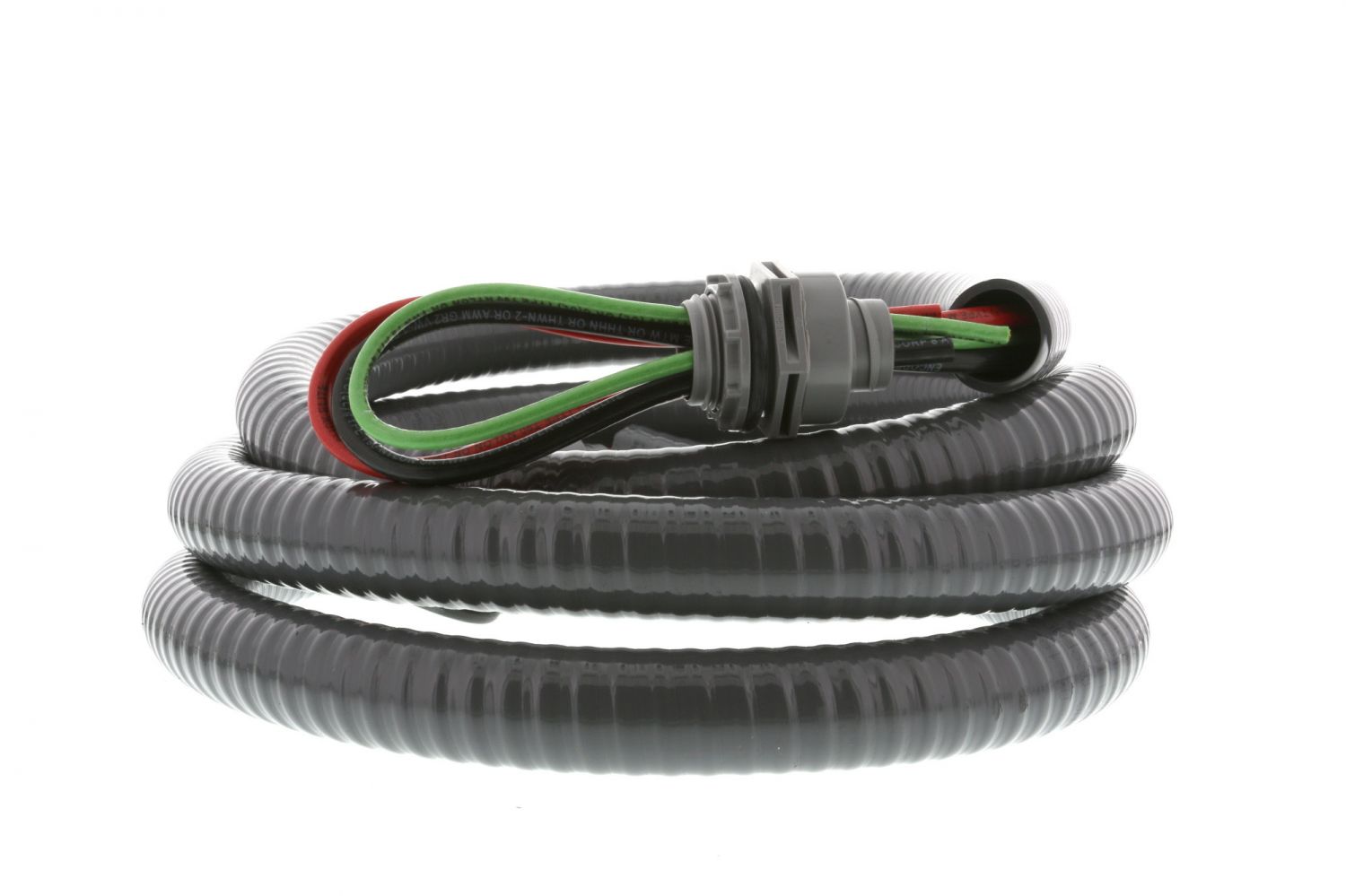
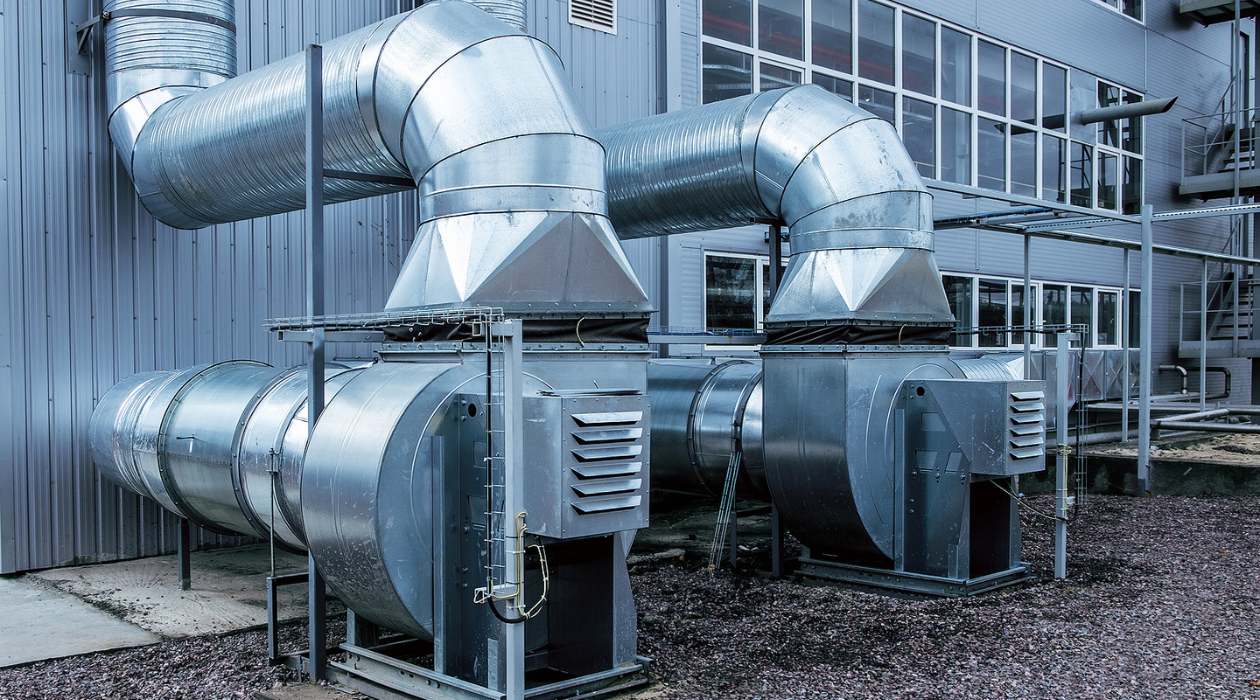
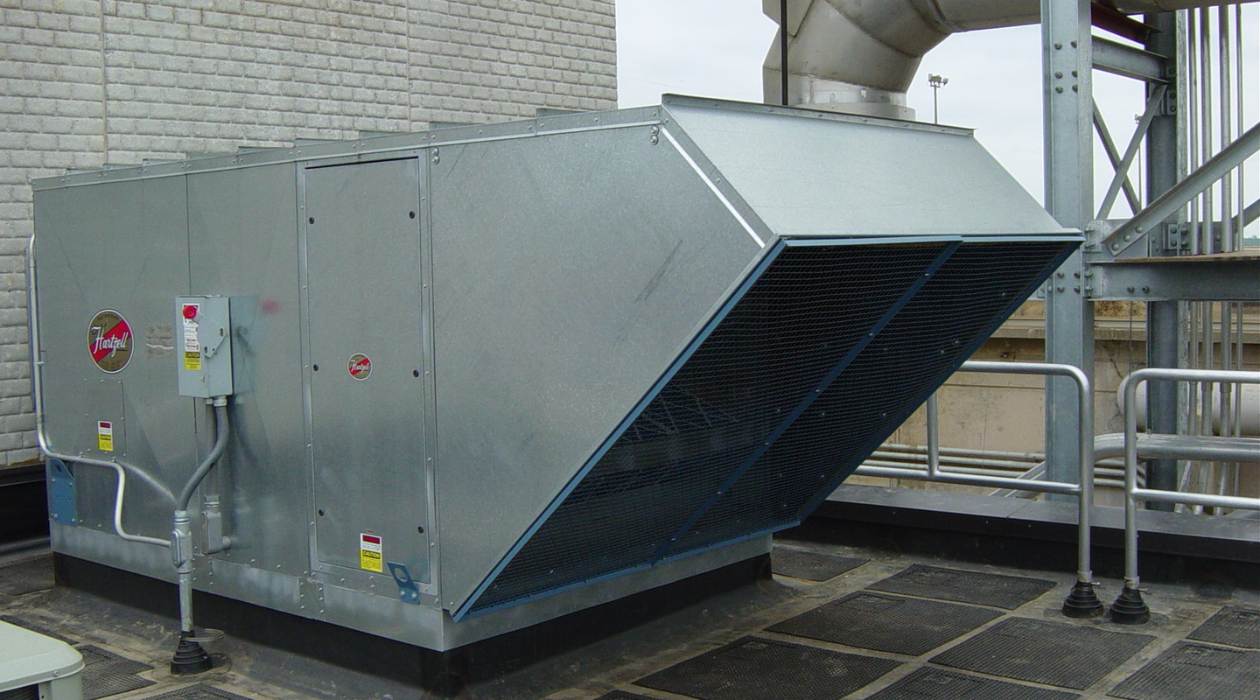
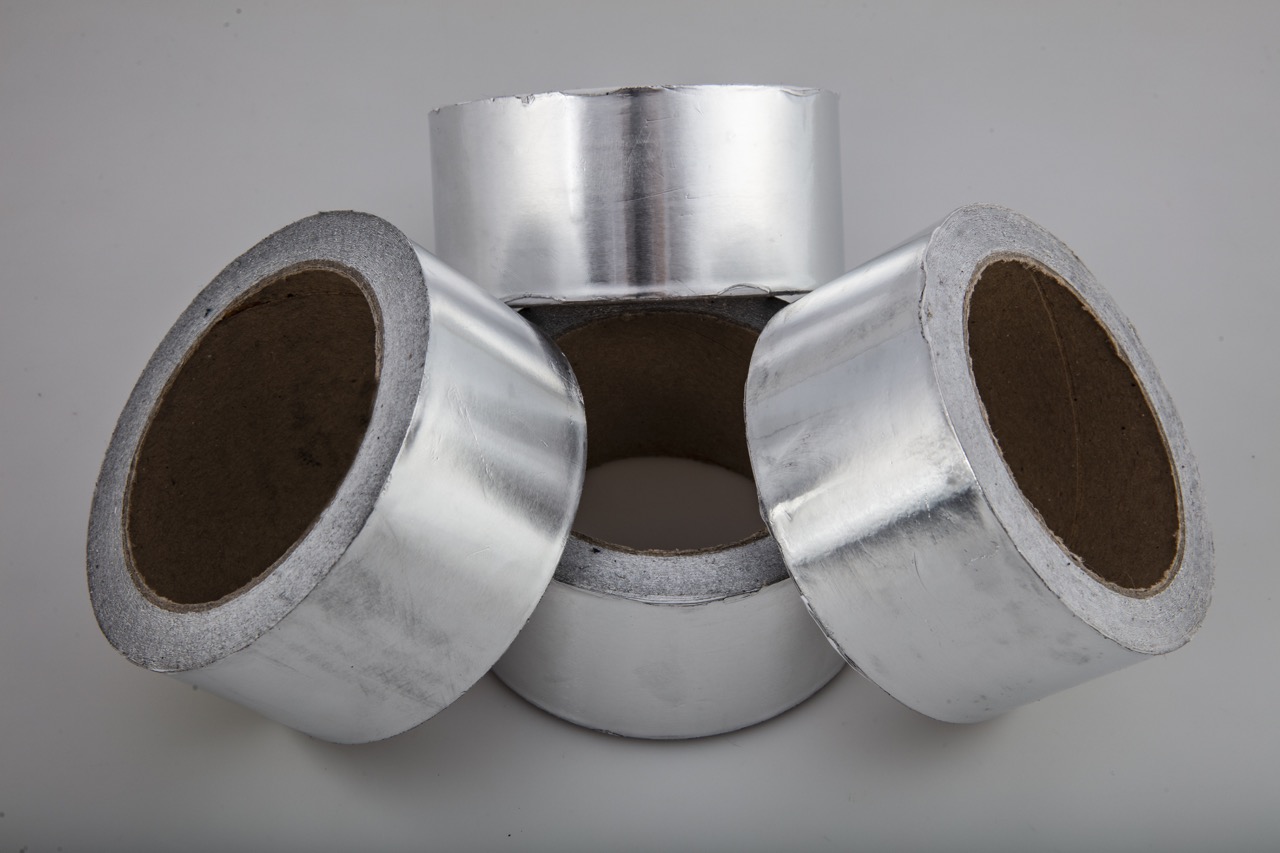
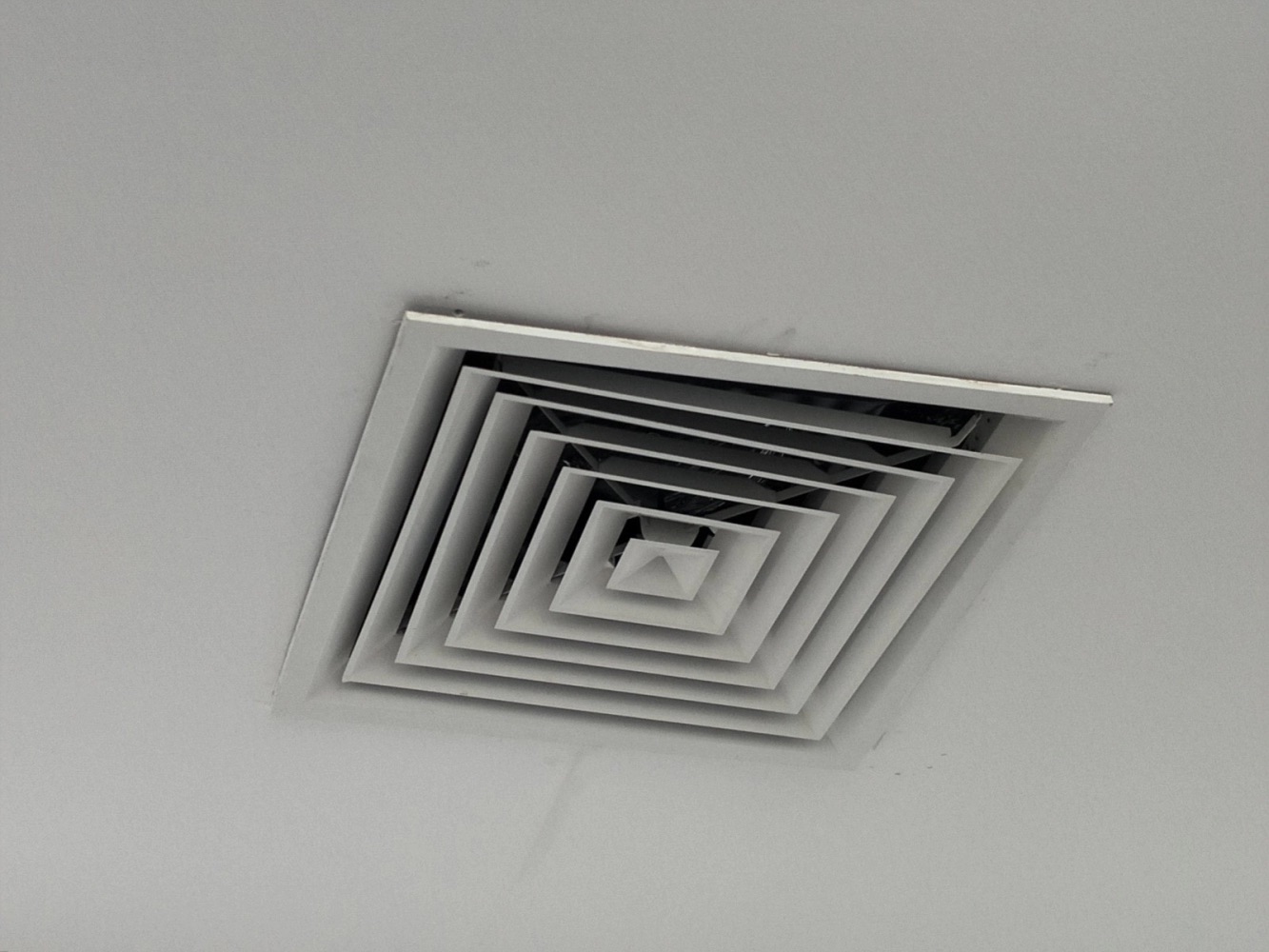

0 thoughts on “What Is Ductless HVAC”